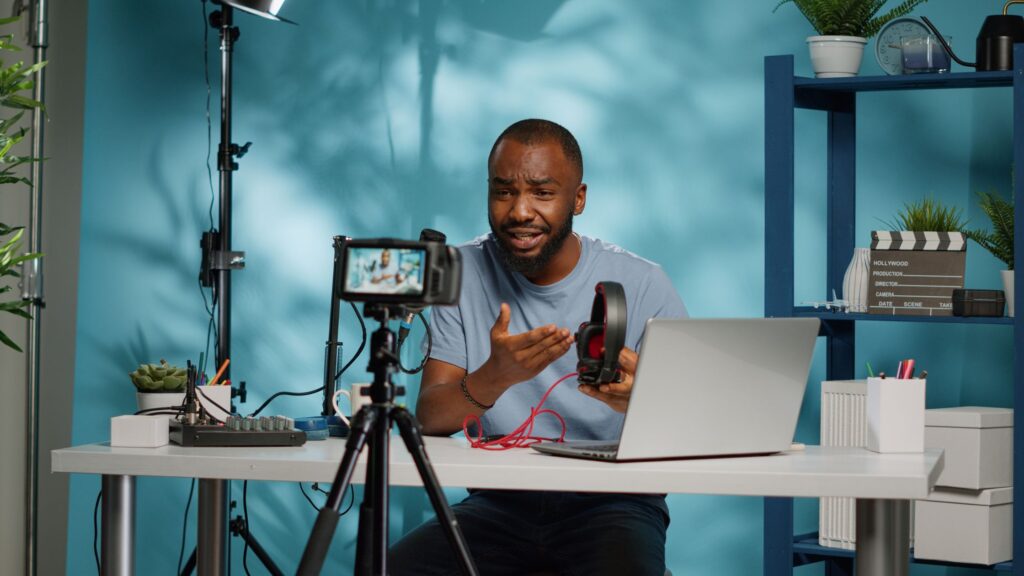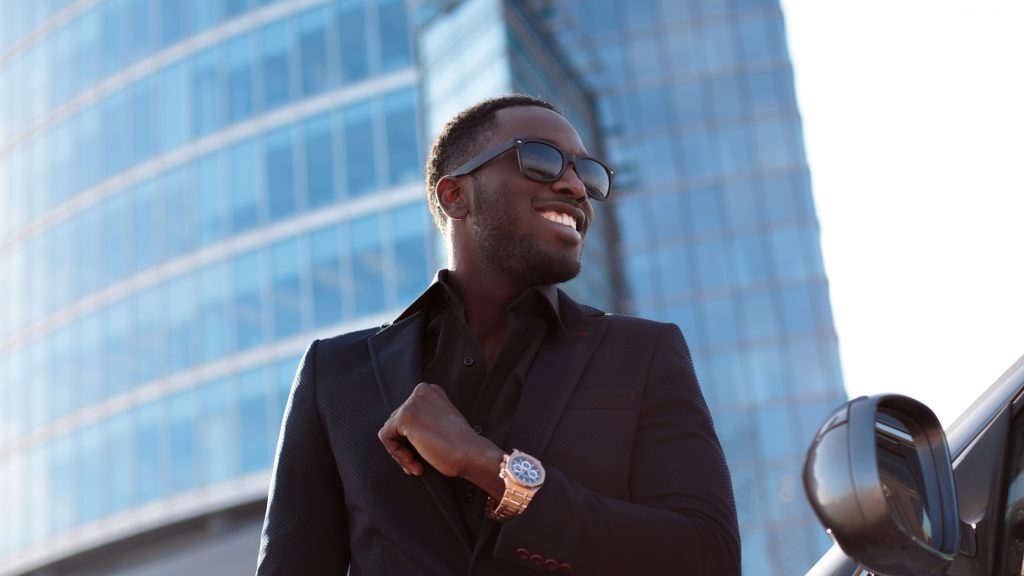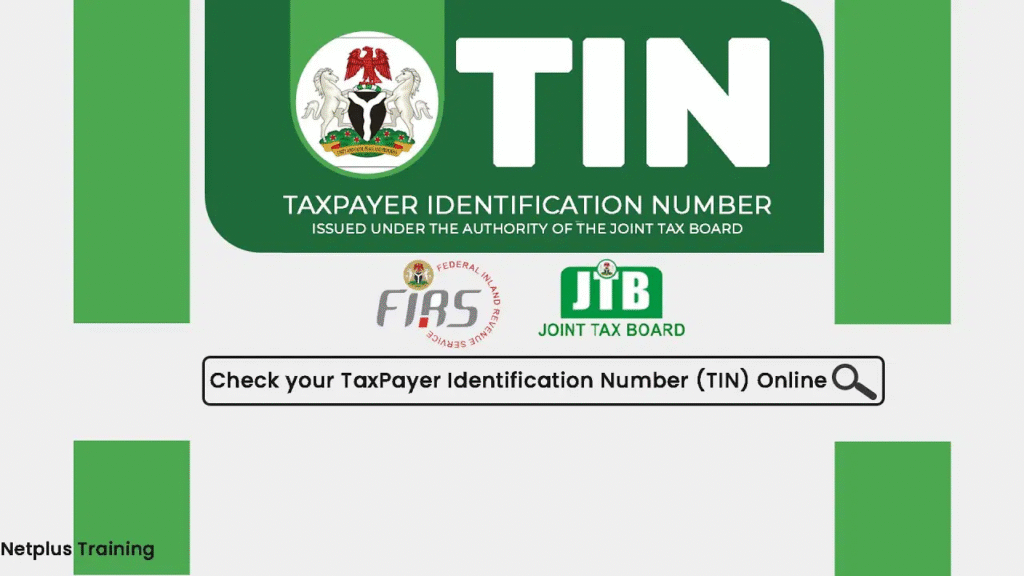With Nigeria’s biggest content creators earning between $40,000 and $300,000 monthly from platforms like YouTube and TikTok, and the industry valued at over ₦50 billion in 2022, the infrastructure supporting this gold rush remains surprisingly underdeveloped. While skit-makers scramble for locations, battle outdoor shooting challenges and invest up to ₦1 million per production, a glaring business opportunity sits waiting: the content creation studio.

How Big is Nigeria’s Content Industry?
The numbers paint a picture of an industry that is bursting at the seams. Nigerians consumed a record-breaking 1.04 million terabytes of data in May 2025. Unsurprisingly, this explosion was driven primarily by video content consumption. Short-form videos on TikTok, Instagram Reels, YouTube Shorts and Snapchat Spotlight have become the dominant form of digital entertainment that has created an insatiable appetite for fresh content.
The creator economy supporting this consumption is equally impressive. Mark Angel’s 196 Instagram skits in 2023 alone generated 196.9 million views. Layi Wasabi accumulated 133.2 million views, while Sabinus hit 130 million. Kiekie’s following surged from 2.1 million to 3.1 million followers in a single year, with her 106 skits garnering 93 million views. These metrics translate directly into revenue through brand partnerships worth ₦3-5 million per sponsored post.
Yet behind these astronomical figures lies a production reality that few are aware much less exlpore. The average skit costs between ₦800,000 and ₦1 million to produce, requires a full week from concept to release, and involves teams of 10-15 people including videographers, actors, scriptwriters, makeup artists, gaffers, editors and special effects specialists. Popular creators shooting outdoors in Lagos even hire security guards to manage crowds.
It is clear that the infrastructure demand is real, immediate and growing.
The Content Studio Business Model
A content studio operates on a fundamentally different model from traditional retail or commercial space. Rather than selling products or services directly, it monetizes physical space by transforming it into a production asset. The business generates revenue through multiple streams: space rental fees, equipment hire, production support services, and increasingly, revenue-sharing partnerships with creators.
The Core Concept
The model works because it solves critical pain points in the creator economy. For instance, location scouting wastes valuable time. Outdoor shoots attract unwanted attention and security risks. Home-based productions, on the other hand, limit creative possibilities and professional quality.
Content studio spaces eliminate these friction points while offering controlled environments with professional lighting, acoustic treatment and versatile backdrops that can be transformed to match different creative visions.
Examples from Around the World
International examples demonstrate the model’s viability across different scales. Morphe’s beauty brand launched in-store YouTube studios with on-site staff assistance, film equipment, and lighting. Winky Lux created seven Instagram-ready rooms in New York and charges visitors a $10 fee per entry. Shekou Clothing in New Zealand built a content room at their headquarters that was equipped with different backgrounds and props. These aren’t billion-dollar corporations but brands that recognized the value of providing creators with turnkey production spaces.
How a Nigerian Adaptation of the Model Could Look Like
The Nigerian adaptation would require understanding local market dynamics and realities peculiar to Nigeria. Unlike Western markets where brands primarily target influencer marketing, Nigerian content studios must serve a broader ecosystem. Individual skit-makers need affordable hourly rentals. Small production companies require day-long bookings with technical support. And brands seeking high-quality advertorial content need full-service production capabilities.
A successful content studio would cater to all these segments while maintaining flexibility.

The Selling Points of A Nigerian Content Studio
Security
Shooting outdoors in locations like Lagos or other major cities attracts crowds that disrupt production and sometimes create safety concerns. Popular creators now budget for security personnel during outdoor shoots, an expense that studio rental could eliminate entirely. The controlled environment also protects expensive equipment from theft or weather damage.
Expertise
Technical expertise represents another critical need. Many aspiring creators lack knowledge about lighting, sound design, or camera operation. They understand storytelling and have charisma on camera, but the technical aspects intimidate them. A content studio that provides not just space but also trained staff who can offer guidance on equipment use, lighting setups, and basic production techniques creates significantly more value than a simple rental space.
Collaboration
The collaboration economy also drives demand. Studios that facilitate collaborations, through shared booking discounts, networking events, or simply providing spaces large enough for multi-creator productions, can tap into powerful network effects within the creator community.
The Revenue Model
Space Rental
The foundation for all earning for a content studio is space rental charged in hourly rates for individual creators, day rates for production companies and monthly memberships for regular users.
The location would ultimately, determine accessibility and operating costs, and revenue. While Lagos’s Lekki or Victoria Island command premium rates, they also attract the highest-earning creators who can afford them. Mainland locations in areas like Yaba or Surulere offer middle-market positioning. They are professional enough for serious creators but affordable enough for consistent booking. Secondary cities like Enugu, Port Harcourt, Ibadan, or Abuja present opportunities with less competition but smaller creator populations.
The space itself would need to be versatile and would have at least three distinct areas: a main shooting floor with adjustable lighting and movable sets, a green screen area for creators who prefer digital backgrounds and a casual content corner optimized for Instagram Reels and TikTok videos with pre-styled aesthetics. Storage for props, costumes, and equipment completes the physical infrastructure.
An even more ambitious content studio could include a podcast recording room and space for workshops, product launches and off-sites as well as hangouts for new members.
Equipment Rental
Equipment rental adds another layer: cameras, lighting kits, microphones, gimbals, and other gear that creators cannot afford to own outright. Technical specifications matter immensely. Proper acoustic treatment isn’t optional, echo-filled audio ruins otherwise perfect footage. Adequate power supply with backup generators prevents production interruptions from NEPA issues. High-speed internet would enable creators to upload content immediately after shooting and supports live streaming sessions that drive significant revenue for platforms like TikTok and Instagram.
Production Support
Production support services command premium pricing. This would typically include technical assistance during shoots, video editing and post-production, graphic design for thumbnails and promotional materials and even script consultation. Some studios offer full-service packages where they handle everything from concept development to final delivery, effectively functioning as production houses.
Staffing would balancing expertise with affordability. A technical director who understands camera operation, lighting design, and sound engineering forms the core. Production assistants who can handle equipment setup, manage bookings and provide basic technical support to creators enable operations to scale. As the business grows, you can consider dedicated editors, social media managers, and even scriptwriters that will transform the studio from rental space into a comprehensive content ecosystem.
Partnerships
The most sophisticated revenue model involves partnerships with creators. Studios can negotiate revenue-sharing arrangements for content produced on their premises, taking a percentage of monetization earnings in exchange for free or discounted space access.
Brand Partnerships
Brand partnerships represent the premium tier. Companies seeking high-quality branded content increasingly prefer working with studios that can deliver turnkey solutions. A content studio with a roster of talented creators, professional facilities, and production capabilities can command substantial fees for end-to-end branded content campaigns.
Talent Management
After accumulating a substantial network of talents, and industry contacts, you can scale even further by transforming your experience into management services to creators that use your services. You can also offer consultations for newbies seeking to enter the industry or old timers looking to break new grounds.

Thinking of Building Your Content Studio?
Start with Validation
First and foremost, you should test the demand with pop-up studios or short-term rentals before committing to a long lease.
Strategic Equipment Investment
For equipment inventory, focus first on essentials like lighting kits, quality microphones and versatile cameras. For other equipment, rent specialized gear until usage patterns prove purchase-worthy, since many creators already own cameras but lack proper lighting.
Community Building
For a quick buzz, offer free sessions to emerging creators for feedback and testimonials. Also, host networking events that showcase your space while fostering collaboration and trust within the creator community.
Tailored Packages
Provide affordable off-peak bookings for individual skit-makers and day-long packages with support for small production teams. For bigger brands, offer premium full-service options that cover strategy, shooting and post-production.
Marketing Approach
Meet creators where they are, on Instagram, TikTok, and WhatsApp. Showcase before-and-after transformations, behind-the-scenes footage and creator testimonials to build credibility and reach.
Financial Discipline
Calculate your break-even points using realistic occupancy rates of 40–60% in the first year. Maintain competitive pricing without undercutting value, and hold a cash reserve that will cover six months of fixed costs.
Nigeria’s content creation industry has proven its economic viability. However, the infrastructure supporting this industry lags dangerously behind demand. Content studios represent the logical next evolution in this ecosystem. They can finally professionalize an industry that is currently operating on makeshift solutions.












